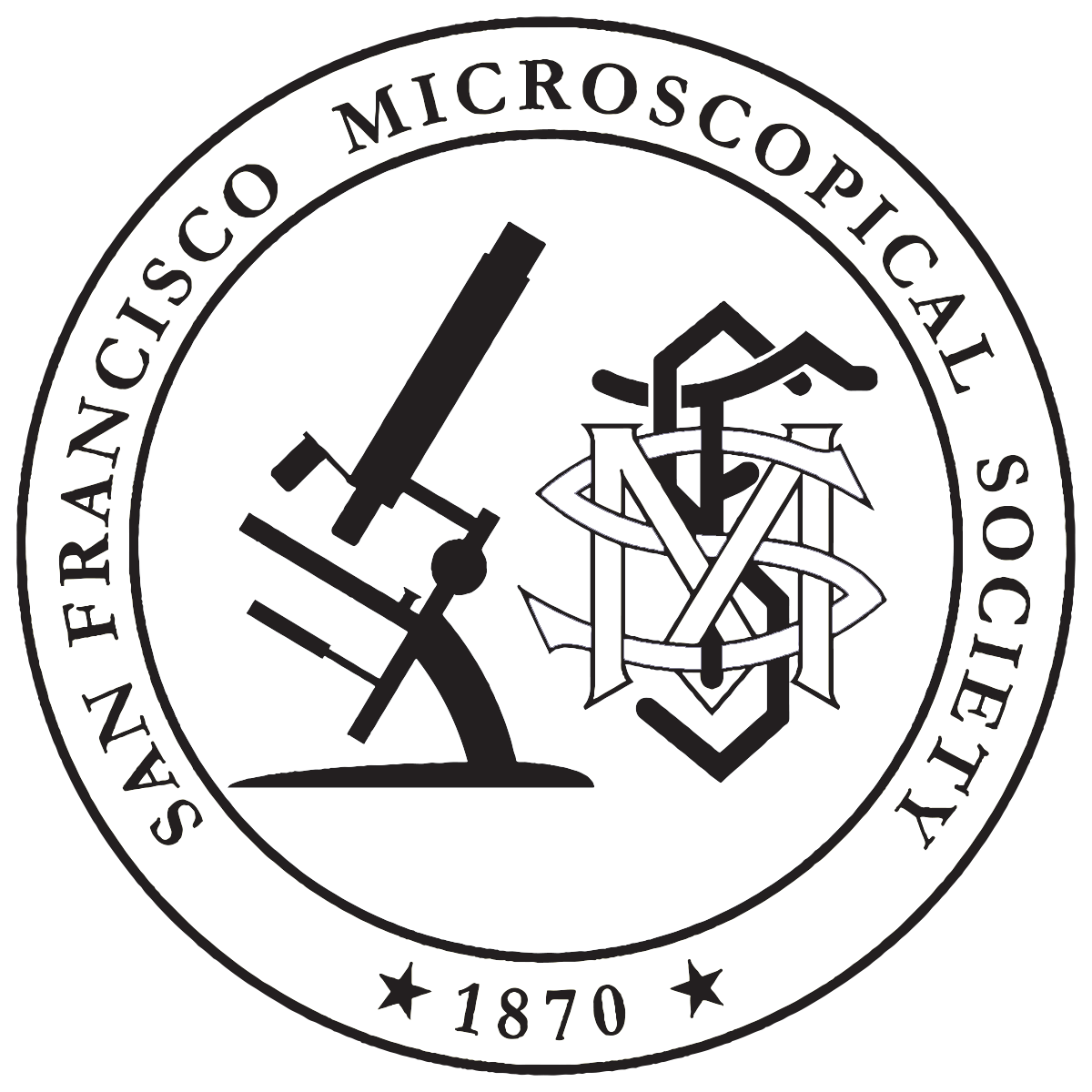Blue-Green Algae
What are They?
Blue-green algae are actually bacteria that have qualities similar to algae and other plants. These bacteria are cyano-bacteria – cyan means blue-green – they are commonly found on land and in lakes, rivers, ponds, and in estuaries and marine water.
Why Are They Of Interest?
Let me tell you about two walks I took this summer. The first, in June in the morning of a fine day and as we walked around Lake Temescal in Oakland we saw a number of high school swimmers being trained as lifeguards for the park department. The lake is one of the great outdoor swimming places in the East Bay. Surrounded by hills and trees, it is an easily accessible park with a wide sandy beach. The swimming area was already divided into lanes for power swimmers and wading areas for the non-swimmers and the summer season was about to start, right after the water tests results came back from the lab at the end of June.
We have had a warm spring with little rain and less fog and cloud cover. The drought had reduced the water flow into the lake which is shallow, no more than 15 feet deep. The conditions are ideal for the growth of algae and cyanobacteria.
Floating on the water was this green sheen that I was also going to see on a walk with my brother, after celebrating his 91st birthday in Seattle. Green Lake is larger than Temescal but their climate has also produced a warm spring and drought.
As a result, tests indicated that there was a cyanobacterial bloom that could be toxic to pets and people, particularly children. Several of the toxins attack the liver while others have an effect on the nervous system. In most cases, it is the ingestion of the algae that will cause damage but a few do cause skin irritation. Consequently, no swimming was permitted all summer in either lake.
I thought it would be interesting to see how the tests are performed so I called the Parks and Recreation Department of Water Resources to get permission to accompany the ranger responsible for sample collection. Since Hal McClain was on vacation I was permitted to accompany Ranger Sunshine Thompson. She met me at Lake Temescal (illustrated above to the right with a sample bottle) and later in the afternoon, I saw her prepare the sample in a laboratory for a test of toxicity. Looking at a sample through a microscope identified the presence of cyanobacteria. The test for algal toxins is a strip test that involves lysing the cells, adding reagent paper to a 1 ml sample, transferring seven drops to conical flip-top tube containing dried reagent and testing this solution with a dip stick that is read after 10 minutes incubation. The dip stick can reveal concentrations of 1 to 10 ppb where “b” is billion.
The kit is produced by Abraxis, LLC. The test result was negative but this would not be enough to open the site for swimming even if the site was in a welcoming condition instead of being covered with filamentous algae. Additional tests would be required by another agency. HS

